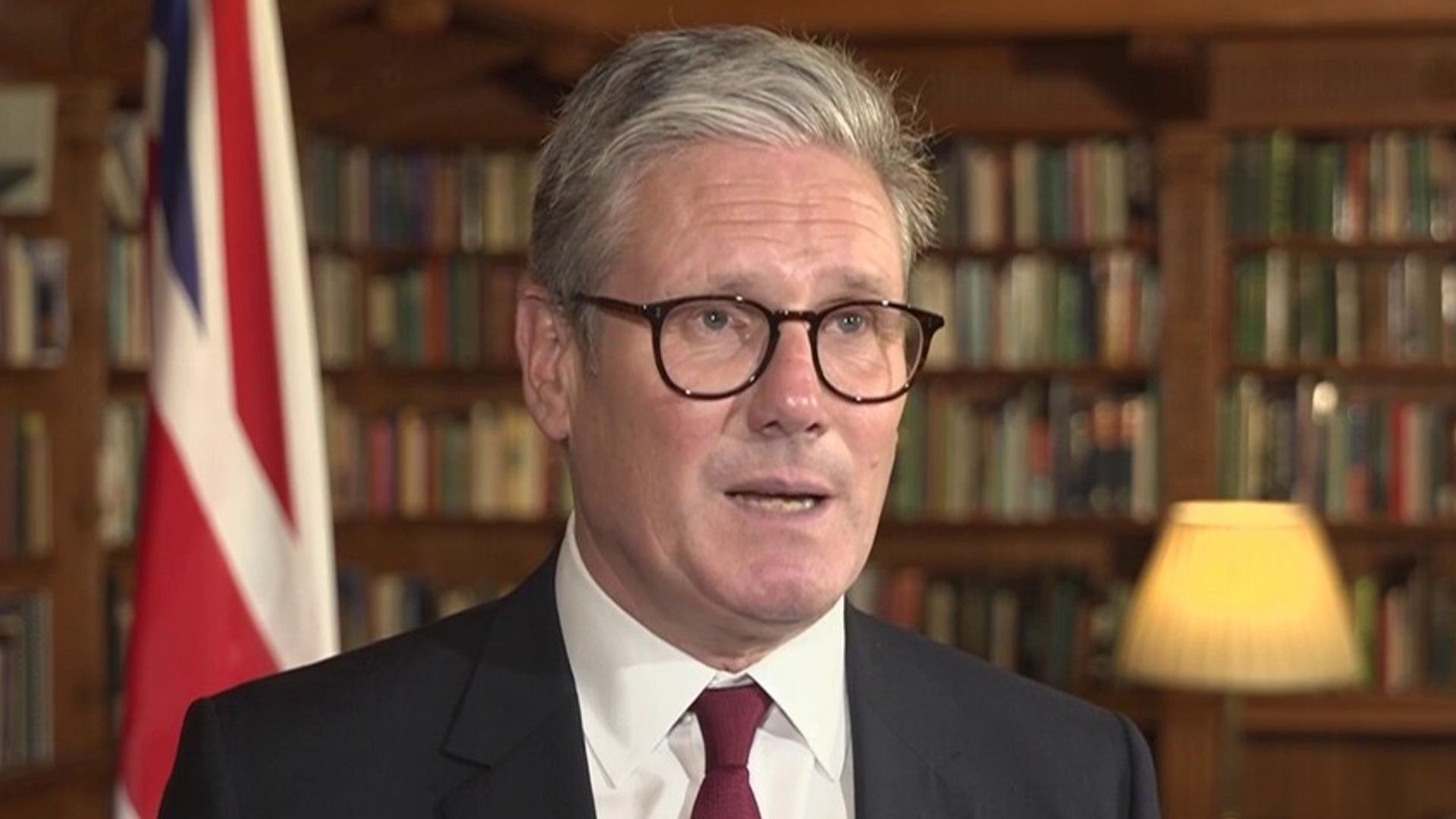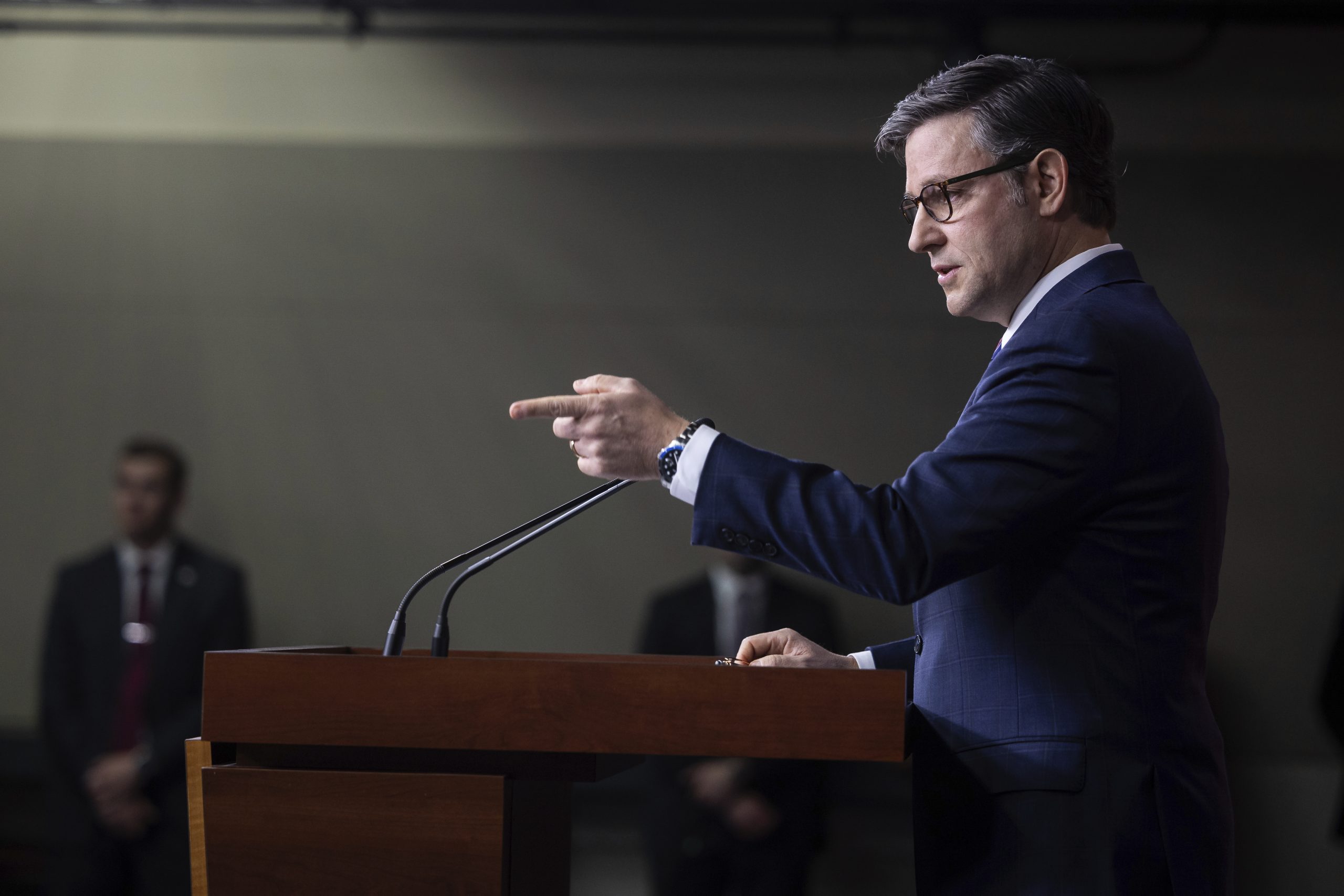Congress took a crucial step toward clearing a $1.5 trillion package to fund the federal government through September, after top lawmakers released bill text early Wednesday morning.
The more than 2,700-page bill would revive earmarks for the first time since Congress banned the practice more than a decade ago. It would substantially boost funding for the military and nearly every non-defense agency, growing domestic spending to $730 billion, an almost 7 percent increase over current funding. The measure would boost national defense coffers to $782 billion, about a 6 percent increase.
The package was finalized too late to guarantee Congress can clear it before federal funding runs out at midnight on Friday. So leaders have prepared a four-day spending patch to move the deadline to Tuesday. While that temporary funding bill could also face Senate snags that risk a government shutdown, the stopgap is expected to be easier to pass in short order.
The House plans to pass both the broader funding package and the short-term patch on Wednesday, before the chamber’s Democrats depart for Philadelphia to begin their yearly planning retreat. Senate leaders will then work to clear the legislation for President Joe Biden’s signature before Friday night. But any objections to speeding up debate could threaten a government shutdown over the weekend.
On top of the hefty budget increases, the package is set to deliver nearly $14 billion in emergency funding to help Ukraine, including $3 billion for U.S. forces and $3.5 billion for military equipment to Ukraine, plus more $4 billion for U.S. humanitarian efforts.
The extra aid is expected to ease whipping efforts in both parties, and the return of earmarks is a sweetener sure to build support, since lawmakers will be able to tout specific projects they got funded in their districts.
Sen. Roy Blunt (R-Mo.) said earmarks create “a specific micro-reason” to support the funding bill.
“It’s easy to be opposed to things on a macro basis,” said Blunt, the top Republican on the spending panel that funds health, labor and education programs. “And member-directed spending allows you to have something you can go home with.”
To make it even easier to drum up support for passage in the House, Democratic leaders are triggering two separate votes. One vote will be on the defense portion and intelligence authorities, plus funding for homeland security, commerce programs and the Justice Department. The other vote will be on the rest of the package’s non-defense spending, as well as Ukraine aid and pandemic funding.
The measure would re-up Violence Against Women Act protections that lapsed in early 2019, providing resources for victims of domestic abuse and sexual violence. The law’s expiration “put many women and lives in jeopardy,” Senate Majority Leader Chuck Schumer said in praising the policy’s inclusion.
The package would allow about $16 billion to pay for the Biden administration’s ongoing pandemic work to stem the spread of Covid. Of that, more than $10 billion would fund health efforts like developing therapeutics and $5 billion would help the U.S. Agency for International Development speed up vaccinations abroad.
To offset that pandemic spending, the measure would claw back unspent money from accounts like the Paycheck Protection Program intended to help businesses keep workers employed during the pandemic, as well as agriculture programs and pandemic aid to state and local governments.
The funding deadline is the fourth Congress has faced since the fiscal year began in October. Lawmakers have already resorted to three short-term spending patches to buy more time for the broader negotiations. Those stopgap bills have kept the Pentagon and all non-defense agencies running on funding levels set in late 2020, in the last days of Donald Trump’s presidency. And Democrats are eager to replace those budget totals with fresh legislation that overrides Trump’s focus on funding projects like the border wall.
The new package is seen as a win for Congress’ defense hawks, who have worked for months to increase military spending above Biden’s request for $715 billion.
Progressive Democrats spent the last year advocating for less military spending than even the 2 percent increase Biden proposed in his budget request last spring. Now many of Congress’ most liberal lawmakers are preparing to support the funding package, complete with a defense increase of almost 7 percent.
“We saw that writing on the wall,” said Rep. Mark Pocan (D-Wis.), noting that funding negotiators have for months predicted a higher defense total would be necessary to build enough Republican support to pass the package in the Senate.
Top lawmakers had kept the military and non-defense totals secret, without a single leak, since they agreed on a broad bipartisan framework a month ago to guide the endgame funding talks. Even the leaders of major policy committees didn’t catch wind of the numbers before the package was finalized, despite intense interest on Capitol Hill and among the many lobbyists and stakeholders fighting for boosted spending for their specific efforts.
“It’s funny. It’s a very well-kept secret,” said House Armed Services Chair Adam Smith (D-Wash.), conceding days before the bill was released that he didn’t know the totals. “There’s a lot of secrets in this town that are not well kept.”




















